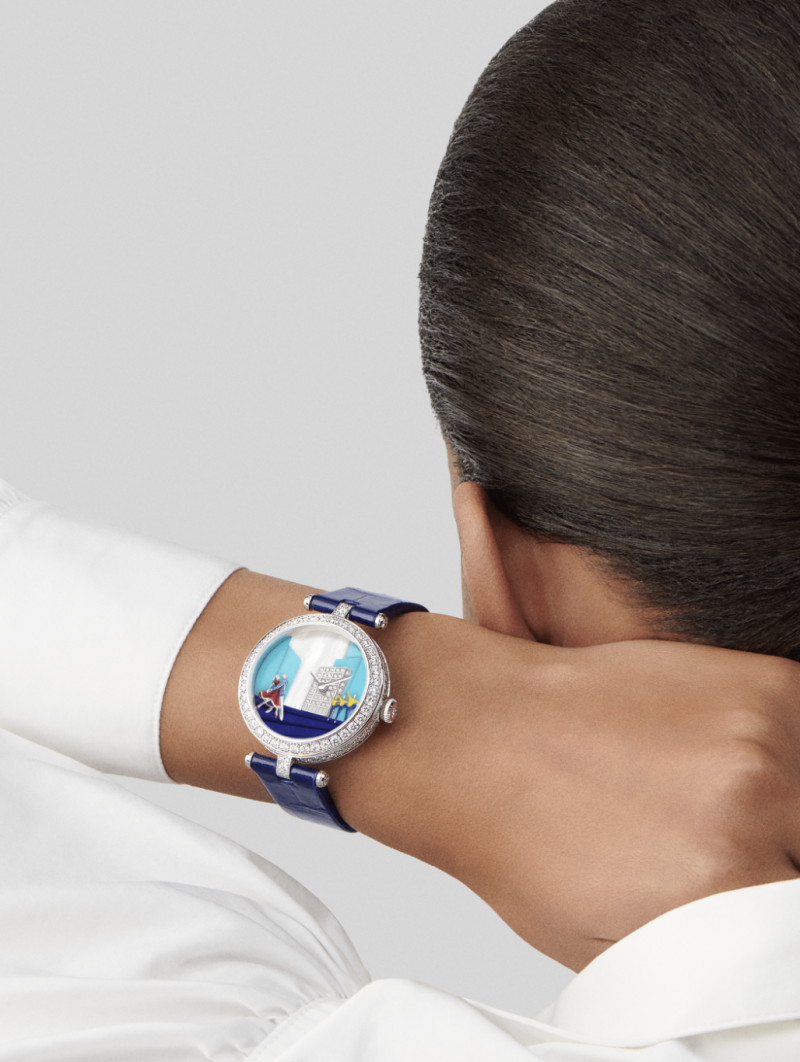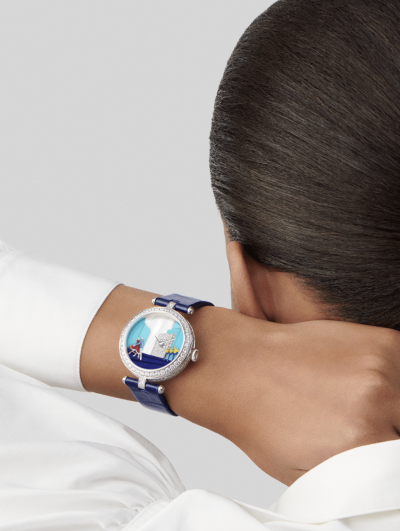Few decorative arts have endured through centuries of changing tastes with the same quiet brilliance as enamel. Born in the ancient world and perfected in European workshops of the Renaissance, enamel is the alchemy of powdered glass, fire, and artistry. When fired at precise temperatures, enamel transforms into a luminous surface of infinite depth and color. Once reserved for royal commissions and religious treasures, this technique has found new life in contemporary watches, where it has become a marker of both heritage and exclusivity.
The origins of enamel can be traced back to ancient Egypt and the Byzantine Empire, where artisans used it to embellish jewelry and sacred objects. During the Renaissance, enamel became a favorite medium for miniature portraits and intricate ornaments, admired for its ability to preserve vivid colors for centuries without fading. Today, the same techniques – champlevé, cloisonné, and plique-à-jour – are still practiced, often by a handful of master artisans who dedicate weeks, if not months, to completing a single piece.
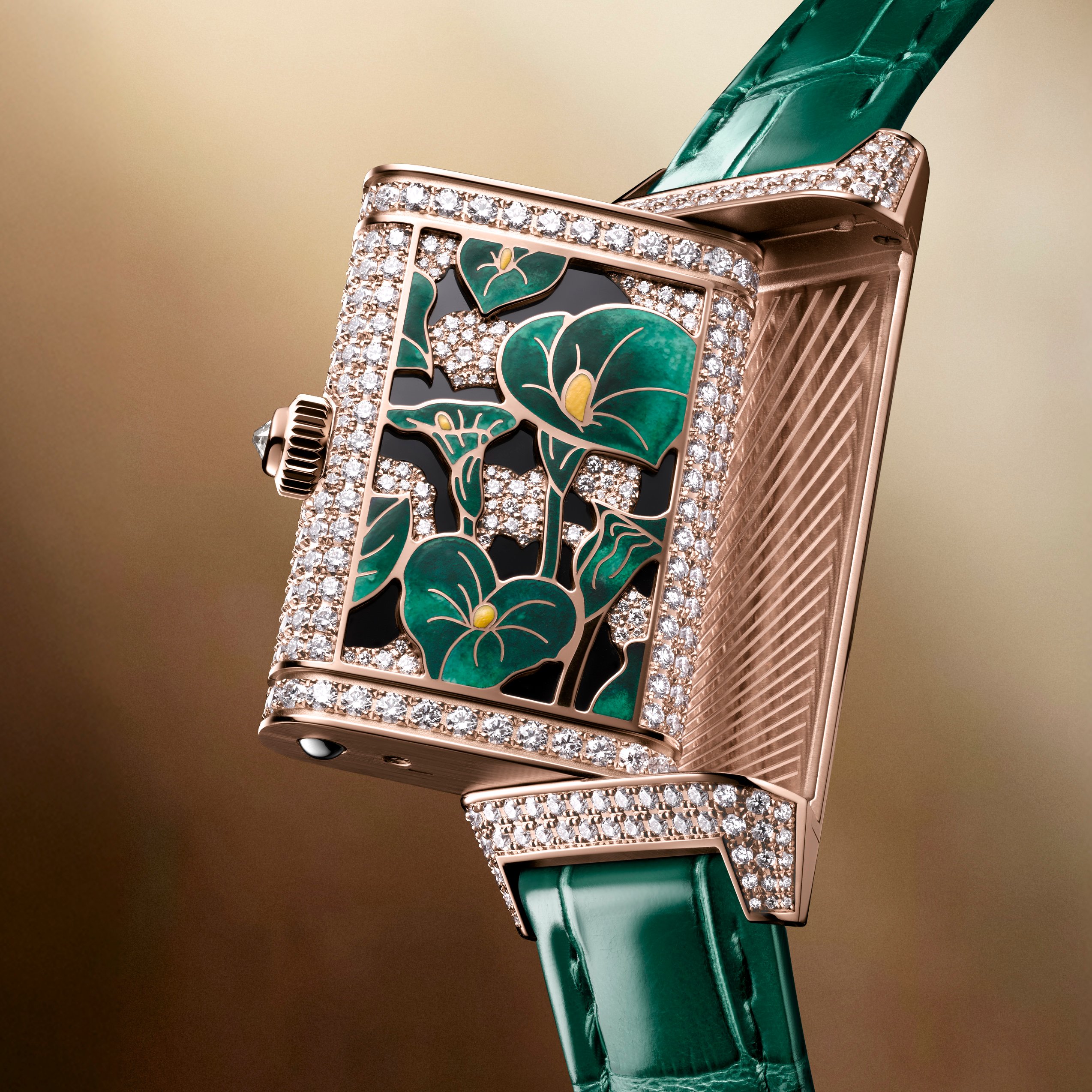
Jaeger-LeCoultre's Reverso One Precious Flowers watch
The process of enameling requires extraordinary patience and precision. Artisans apply multiple layers of finely ground glass powder to a metal surface, firing each one in a kiln until it fuses into a glossy finish. Every layer deepens the intensity of the hue, creating a play of light that cannot be replicated by paint or lacquer. The risk of cracks, bubbles, or imperfections makes enamel one of the most challenging techniques in the luxury world – a reason it remains so prized.

Van Cleef & Arpels' Perlée Extraordinaire Fruits Enchantés Framboise watch
Leading houses continue to champion enamel as both an artistic tradition and a modern design language. Cartier, for instance, has long used enamel to enhance its menagerie of panthers, crocodiles, and exotic birds, infusing its high jewelry with dazzling vibrancy. Van Cleef & Arpels brings poetry to life with plique-à-jour enamel, a translucent technique reminiscent of stained glass, which illuminates its nature-inspired motifs with ethereal light.
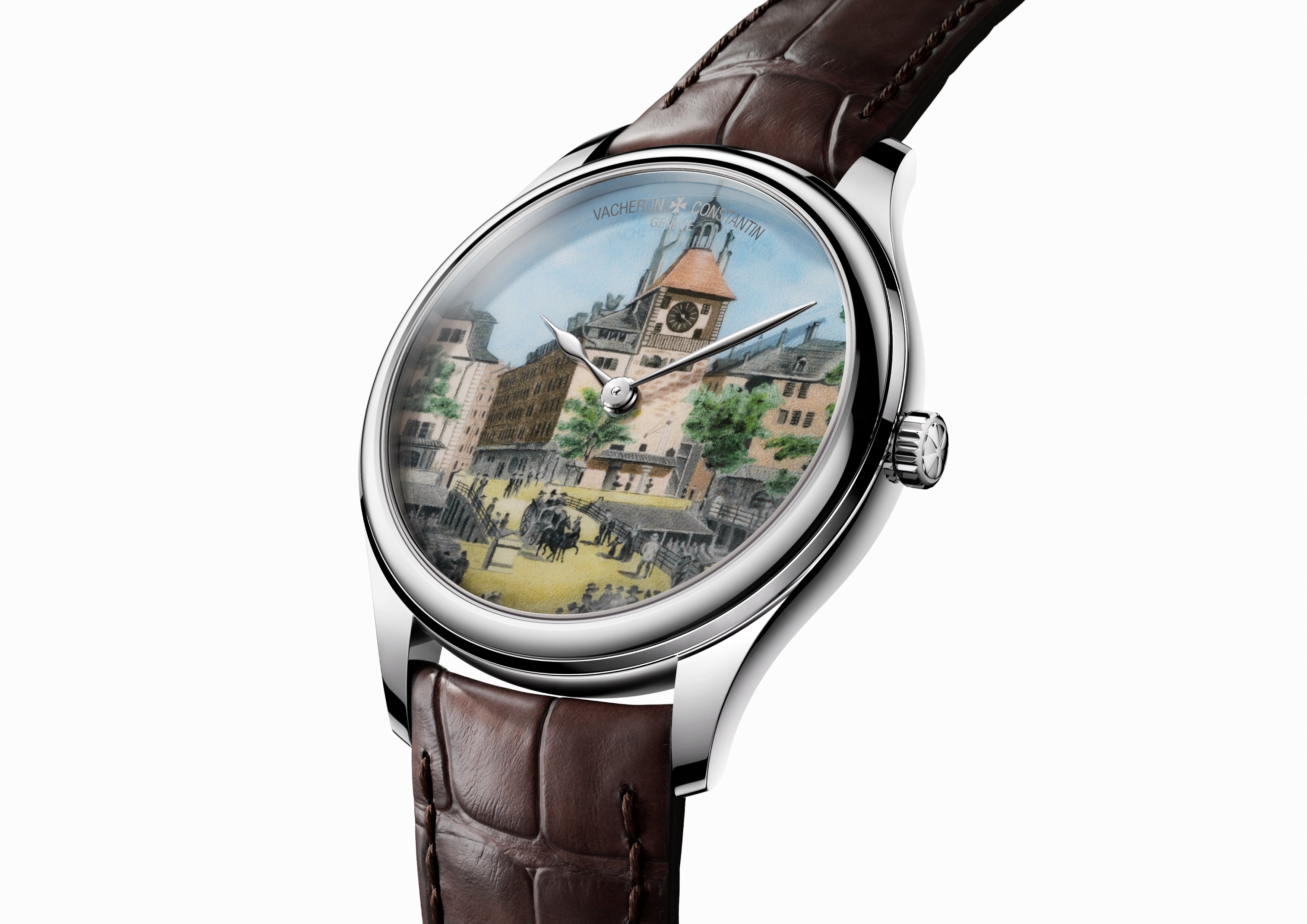
Vacheron Constantin's Les Cabinotiers Hommage à La Tour de L’Île watch
In haute horlogerie, enamel dials are the ultimate expression of savoir-faire. Patek Philippe’s hand-painted enamel watches often depict cityscapes, maps, or cosmic scenes, transforming timepieces into miniature canvases. Jaeger-LeCoultre collaborates with enamel artisans to create celestial skies and star-studded constellations on its delicate dials. Meanwhile, Hermès injects playfulness into enamel with whimsical motifs and bold color palettes, appealing to collectors who value both artistry and individuality.
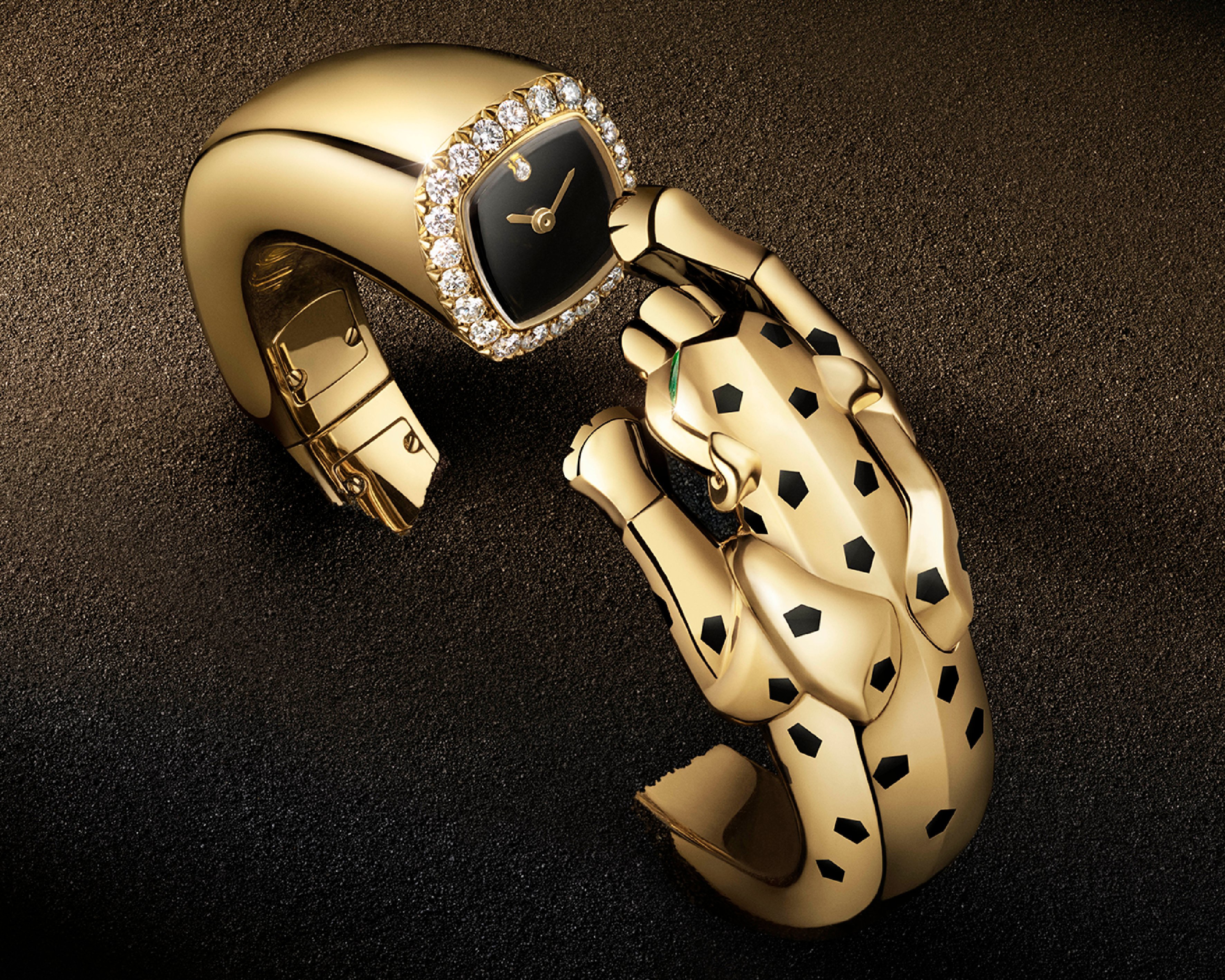
Cartier's Panthère bangle watch
What makes enamel particularly relevant today is its embrace of color at a time when luxury leans toward personalization and expression. Jewel-toned blues, fiery reds and shimmering pastels dominate recent collections, reinterpreting a centuries-old craft for a new generation. Enamel is no longer just about heritage – it’s about vibrancy, storytelling and individuality.
Article Written by Mirella Haddad
- Keywords
- Watches






